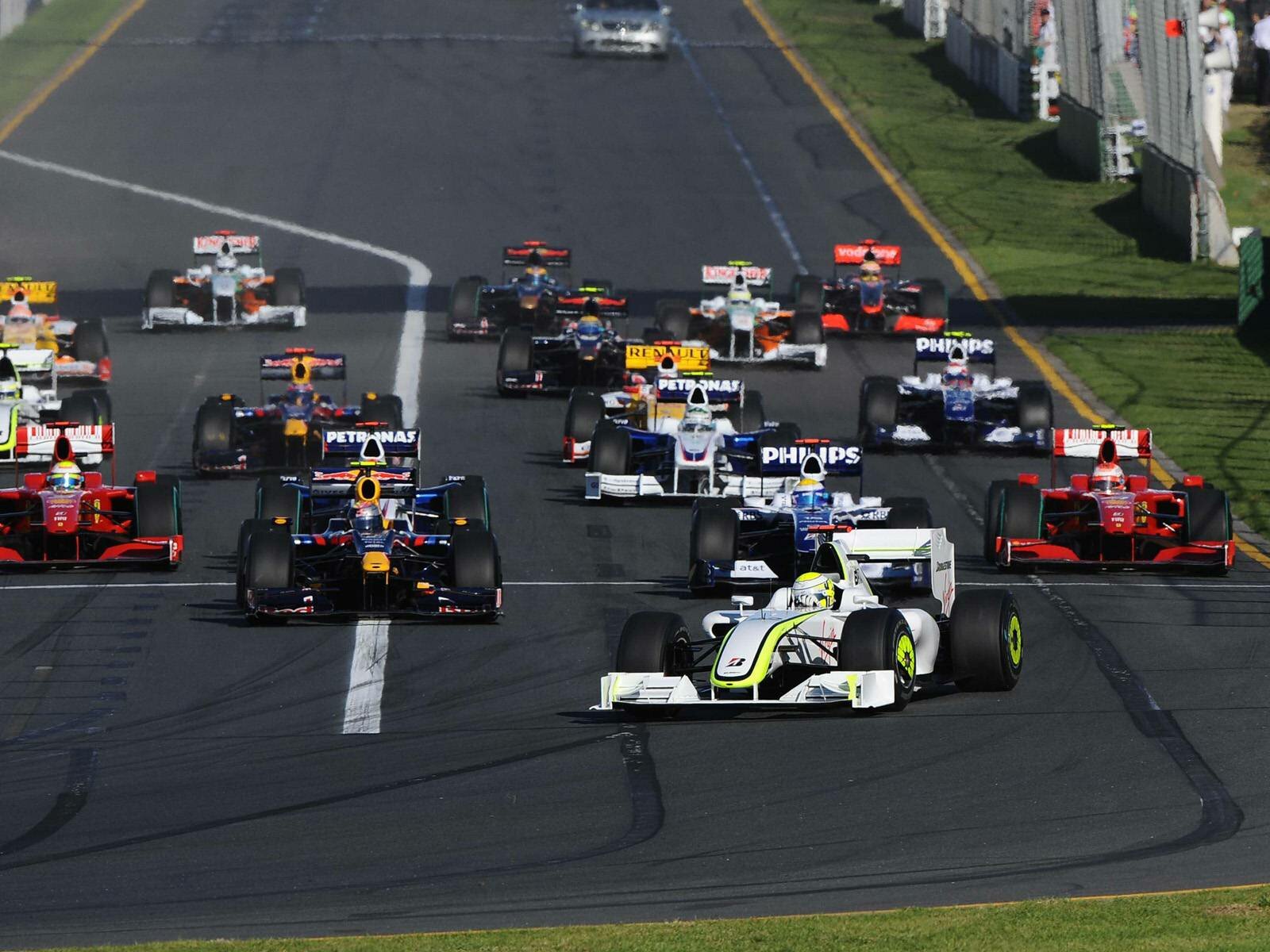
Any advantage drivers used to gain by jumping the start lights and hoping noone important noticed have now been lost. Electronic tell-tales on the grid position inform the race directors of any driver that has anticipated the lights. A 10 second stop/go penalty or a drive-through penalty (at the discretion of the race directors) is applied to any competitor who does this. In addition, he will look foolish and might have a lot of explaining to do to his team boss at the end of the race.
Formula One cars employ “launch control”, a package of technical gizmos that allows them to achieve their maximum acceleration as soon as the driver presses the button. How quickly a driver reacts to the lights going out is therefore crucial, but every other aspect of getting the car quickly off the line – such as the engine revs and slipping the clutch – is controlled by the software, not the driver. But launch control cannot endow the car with acceleration it doesn’t have; it can only maximise the potential of the car as defined by its power, weight, gearing, and traction. So the one-stopping fuel-heavy car should still be slower away than its two-stopping fuel-light rival.
Those drivers on a heavy fuel load will be extra-anxious to keep any rivals behind them at the start. By preventing a two-stopping driver from passing them, they ruin the lighter car’s strategy by keeping it down to a one-stopping pace but with the extra fuel stop still to make. As the start represents the best opportunity for a light car to pass a heavy one, the driver of the heavy car often needs to be extra ruthless in the dash down to the first corner to keep any rivals from overtaking him.
The sporting rules specifically limit what a defending driver is able to do. The one move rule allows him one blocking move – defined as a move from one side of the track to the other – whereas the driver attacking from behind has no such limitation on his lines. Michael Schumacher has been the most ruthless exponent of this rule over the years; whenever he makes a poor start, he invariably cuts across the bows of any faster accelerating car behind him. Rivals on the receiving end of this treatment, notably David Coulthard and Jacques Villeneuve, have complained about it, feeling that it’s both dangerous and goes against the sporting ethic, but his reply is always the same: “The rules say I can.”
At the start, the race officials tend to concentrate on watching what is happening at the front. Further back, out of the limelight, all sorts of transgressions of etiquette and rules take place. You can get away with murder back there on the hectic opening lap.
You might think it has taken vital skills away from the driver. Don’t be shy about saying this out loud – you won’t find many people disagreeing with you, and, as of 2004, launch control is again going to be banned from use. Traction control remains, so at least you shouldn’t see your favourite driver wheelspinning out too early in a race.



